Inspired Beyond Anatomy, Level 2
$397.00
A course for working practitioners who need more anatomy to support their teaching skills and assessments.
This course supports practitioners who are in the field working and already have a strong foundation of anatomy (or have completed IBA 1), and know they need more anatomy training.
What you’ll learn:
- How movement occurs in the body with interactive exercises
- Assessment skills to identify misalignments and ample practice time
- Strategic thinking about functional alignment and the anatomy to base your findings
- Which muscles are the most important in an movement and how to identify them
- Why you need to address the nervous system as the primary focus in any movement pattern
- What to recommend therapeutically
We'll cover things like:
- The 5 types of muscle "tightness", how to identify them, and what they mean
- How flexibility and muscles being "too tight" are not the same thing
- What to do if a muscle doesn't contract
- What to do if one doesn't lengthen
- 5 Different Nervous Systems and 4 Divisions of the Nervous System and how they impact your teaching
With the same amount of time as a weekend immersion, the format of this course provides time to learn, review, implement, and ask questions. The result is the information becomes a FOUNDATION for you, far beyond a weekend experience.
Credit for Continuing Education after completing the course.
Course Outline
- Calibrating Touch
- Nervous System
- Assessment
- Restrictions
- Mobility
- Muscle Identification
- Facilitating Movement
Included:
16 hours of training from inside a virtual classroom
All of the Q&A + review
Workbook for the course
CE certificate
Lifetime access to the material
Online Group Support
Only logged in customers who have purchased this product may leave a review.
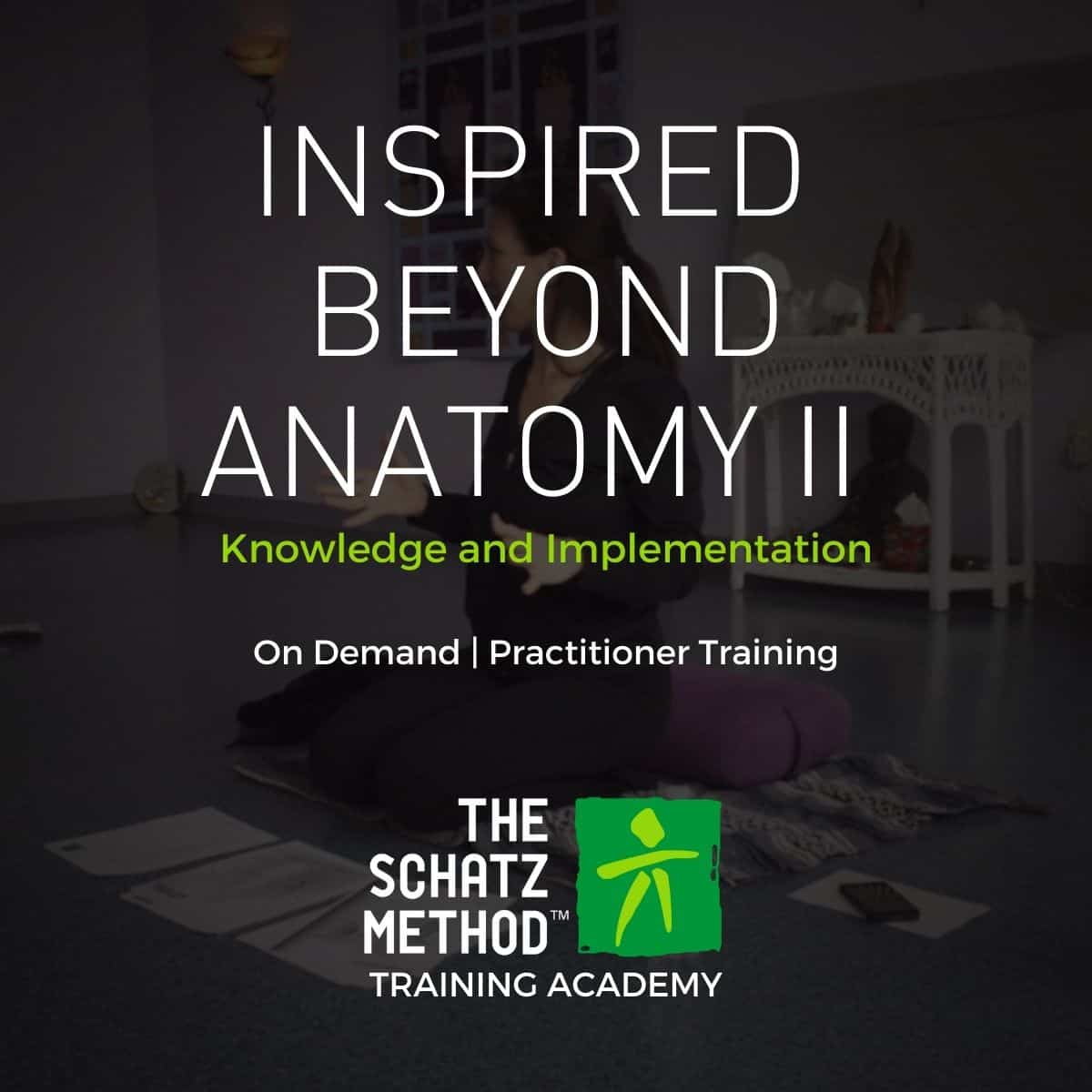
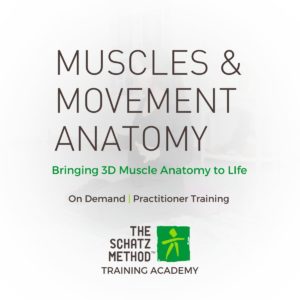
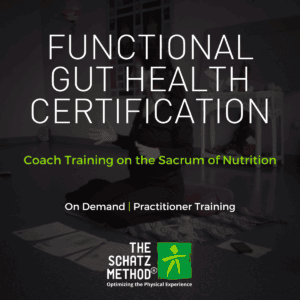
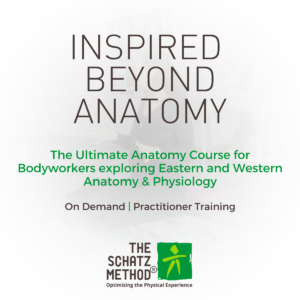
Reviews
There are no reviews yet.